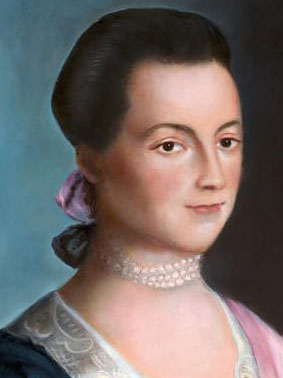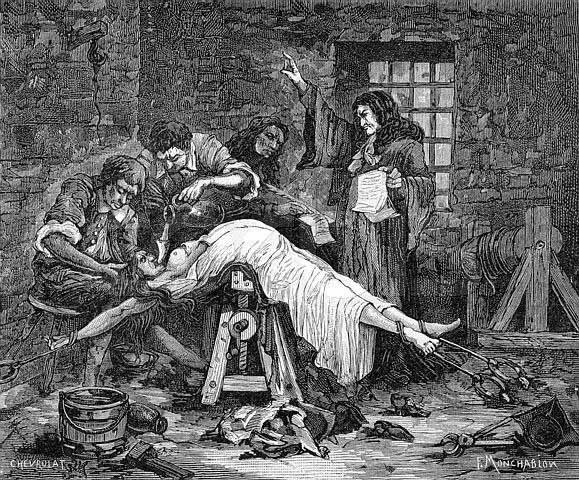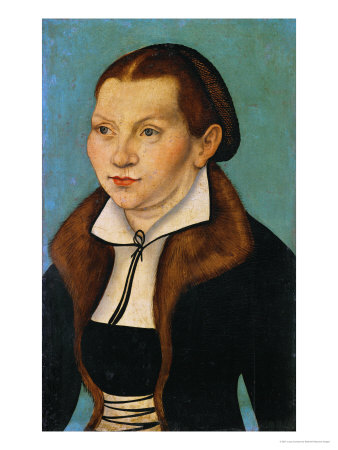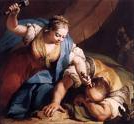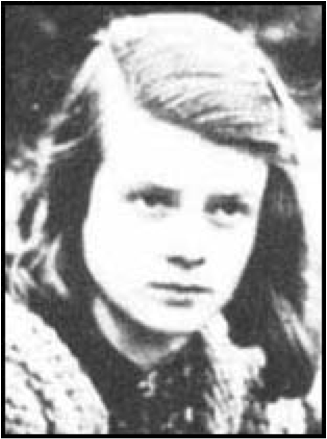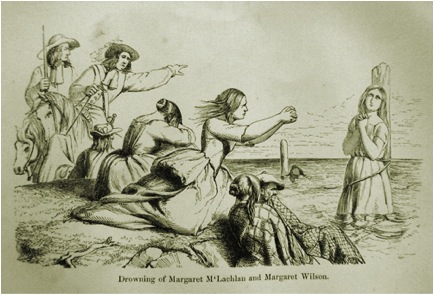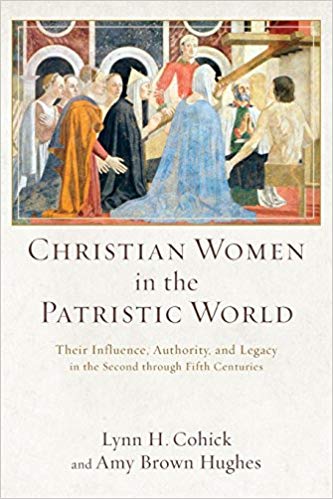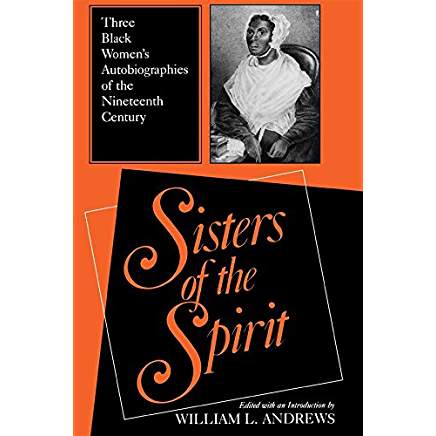Faith
“For by it the people of old received their commendation.” (Hebrews 11:2)
Many graces have been displayed by God’s saints over the years – faithfulness, courage, self-denial, mercy, and obedience. But one characteristic is necessary for all of the others to be displayed – faith.
These graces are not given to us just for our own glory. They are for God’s glory. He is honored when His saints are honored. Jesus Christ will be admired in His saints. So, we must be careful in how we live our lives because Christ’s reputation is at stake.
One who did deny herself to the point of being willing to lose her life was Ahn Ei Sook. (Now she is Mrs. Esther Ahn Kim.) The glory of God was her first and primary goal. She lived in a dangerous time when she was called on to do just that. But what about you and I? Are we called on to sacrifice? Let’s get this into perspective for our times.
Imagine that you are at the monthly church business meeting. Your pastor is there. All of the members of the church board are there. You have gotten through most of the items on the agenda. Things are going along pretty smoothly. Most of the items are routine and not cause for any concern.
Now, the pastor shuffles his papers and somewhat nervously says, “Well, everybody, we have received an application for the new church organist. I know this man and he is openly gay. He is a terrific musician and he says he loves the Lord and would like to serve by using his gift. What do you all say”
Everyone seems to be nodding their heads in agreement, but you say, “I don’t believe that we should hire him. Homosexuality is against God’s law. What will we be saying to the congregation if we put this man in a leadership position?”
Are you feeling uncomfortable right now? Are you thinking of excuses for why you would never say such a thing? Are you thinking that you should not go against the advice of the pastor and the others? I would like to suggest that if you are, you have bought into the political correctness that has been forced on our society for many years now. I would also hope that you would be examining your beliefs in God, in His Word, and in how much faith you really have in His Truth. What is truth, and are you willing to defend it?
Ahn Ei Sook, a Korean woman living through the terrible times that the Japanese occupied Korea in the 1930’s and through 1945, did take a stand for God’s truth. She stood all alone despite certain arrest, imprisonment, and possible execution.
We have read much about the brutality of the Germans against the French During World War II, and of the Japanese against the Chinese, but we do not have many accounts of what the Japanese did to the Koreans.
During their war with China in the 1930’s, the Japanese realized the importance of Korea as a geographical link. They conquered Korea, and began to completely subjugate the country, forcing the Koreans to support their armies. They also tried to force their Japanese culture on the Koreans. Everyone was forced to speak Japanese. They were forced to give their children Japanese names. One of the many things that became obligatory for the Koreans was to worship at the Shinto shrines. Each shrine contained a picture of the Japanese emperor and a picture of the Japanese sun goddess.
Korean Christians had to make a choice. Refusal to obey would result in arrest, harassment, and financial hardship for the families, because they would be outcasts. Some Christians saw the act of bowing as a sign of respect for the Emperor and merely a political expedient. But many Christians, like Ahn Ei Sook, would not bow to the shrine. Not only was the sun goddess an idol, but by the late 1930’s the emperor had become a divine being to the Japanese. To bow to him would be bowing to another god. Ahn Ei Sook would not compromise. Jesus had said, “I am the Way, the Truth, and the Life. No one comes to the Father except by Me.” She would follow only Christ.
The Japanese especially targeted the leaders of the Korean culture for persecution if they did not obey. In 1939, when Ahn was a teacher at a Christian school, the command came for her school to attend a rally of schools at one of the shrines in the city of Seoul. She didn’t really want to go, but she was pressured by the principal. The principal was a Christian, but she was frightened about the trouble that the Japanese would make for the school. She was more afraid of men than of God.
On the way to the shrine Ahn prayed that God would save her as He did Shadrach, Meshach, and Abednego. She would refuse to serve other gods as they did. She knew however, that God might not save her, even if she did what was right. Still, she would trust in His will. She prayed for strength from God and lined up with the other teachers and students. The Japanese official called out, “Attention! Our profoundest bow to Amaterasu Omikami [the sun goddess]!”
In unison the whole crowd bent over in a deep bow. All except one. There was Ahn, standing up all alone, looking straight up at the sky. Walking away from the shrine later, she thought, “I am dead.” But she had peace and joy inside, knowing that she remained true to Christ.
There were many Christians in the throng who bowed to the idols in the shrine that day. Only Ahn bravely followed Christ alone. She was arrested, imprisoned, and tortured for six years. (For her entire story of courage and faith, I highly recommend her book, If I Perish, published by Moody Press) By her testimony, she won many to Christ.
Press) By her testimony, she won many to Christ.
And what about you? Are you willing to be the lone voice at the church board meeting defending God’s truth? What have you got to lose? I would like to say that right now, all you would lose is face. Maybe, you might feel like changing churches. We are not in a place in our country yet where you will be arrested and go to jail. However, if we as Christians don’t stand for the truth now, we may find ourselves in that place. The churches in Korea and Germany capitulated to the government during WWII. Are our churches capitulating to our government now?
Examine your heart. Do you have the courage to speak the truth in love in front of others? If you are uncomfortable speaking God’s truth at church, how do you expect to witness about Christ to others in the world? Will you encourage your church to be a light on the hill? Will we put God’s glory first?
